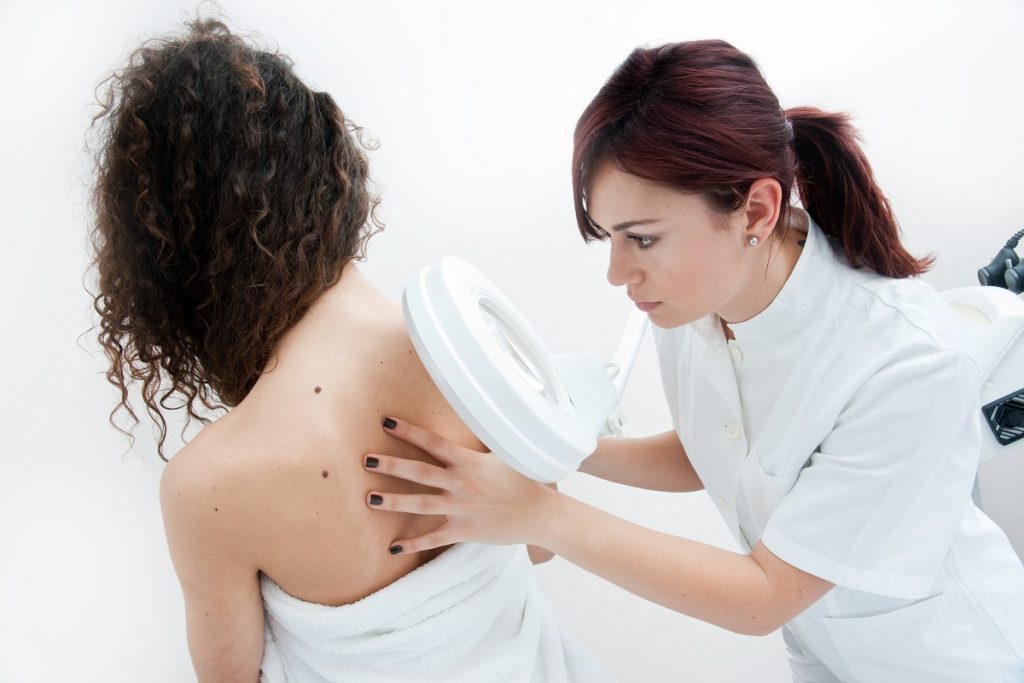When you hear the word cyst, negative feelings and notions usually come running through your head. After all, having abnormal growth is never a piece of good news. But, while such growths can be worrisome, there are ones that do not pose any imminent threats to your health. These growths are classified as benign.
Dermoid cysts are one of the most common types of benign cysts. Your OB-GYN near your Provo home in Utah would be able to properly explain to you what these are and how it can be managed if one happens to be detected in your routine ultrasound. Here’s what you need to know:
What is a dermoid cyst?
A dermoid cyst is a kind of growth that is present at birth. Unlike other types of cysts that are characterized by a solid mass, dermoid cysts contain structures like hair, fluid, fats, teeth, and skin glands. The cyst is formed during fetal development and is caused by trapped skin and skin structures. Because of this, it is not uncommon to find dermoid cysts in other parts of the body aside from the ovary. The face, spine, brain, and the sinus are other possible locations, albeit rare.
Dermoid cysts are generally not a threat as they form and grow slowly and will only pose serious health threats when they are ruptured (due to their size or other factors), or when they cause the ovary to twist due to weight. Twisting of the ovary, more aptly known as ovarian torsion, is a common occurrence for people who have a dermoid cyst that has grown heavy in size.
What are the symptoms?
 Dermoid cyst in the ovary does not have any common symptoms. Some pain during periods or irregular periods can be noted. Because it grows silently and slowly, a dermoid cyst often goes undetected partly due to the lack of symptoms.
Dermoid cyst in the ovary does not have any common symptoms. Some pain during periods or irregular periods can be noted. Because it grows silently and slowly, a dermoid cyst often goes undetected partly due to the lack of symptoms.
However, people who are experiencing ovarian torsion due to the presence of dermoid cyst is in an emergency. A twisted ovary is very painful to the point that a person can no longer stand or walk. Emergency surgery is needed.
How is it treated?
Unlike other types of cysts, a dermoid cyst will not go away or shrink with simple medication. Some doctors choose to do a wait and see approach. Small dermoid cysts pose no immediate threat and may grow at a very slow rate. This means surgery can be done at a later time. The only way to effectively remove a dermoid cyst in the ovary is through a surgical procedure.
Conventional open surgery can be done to remove the cyst, or in the case of ovarian torsion, even the ovary. Laparoscopic surgery can also be done. Putting small incisions in the stomach to extract the mass out.
Regular checkups can help detect any abnormality or growth in your reproductive system, including dermoid cysts. So, it pays always to be vigilant when it comes to your health. Visit your doctor regularly and do all the necessary precautions to keep your health in check.
